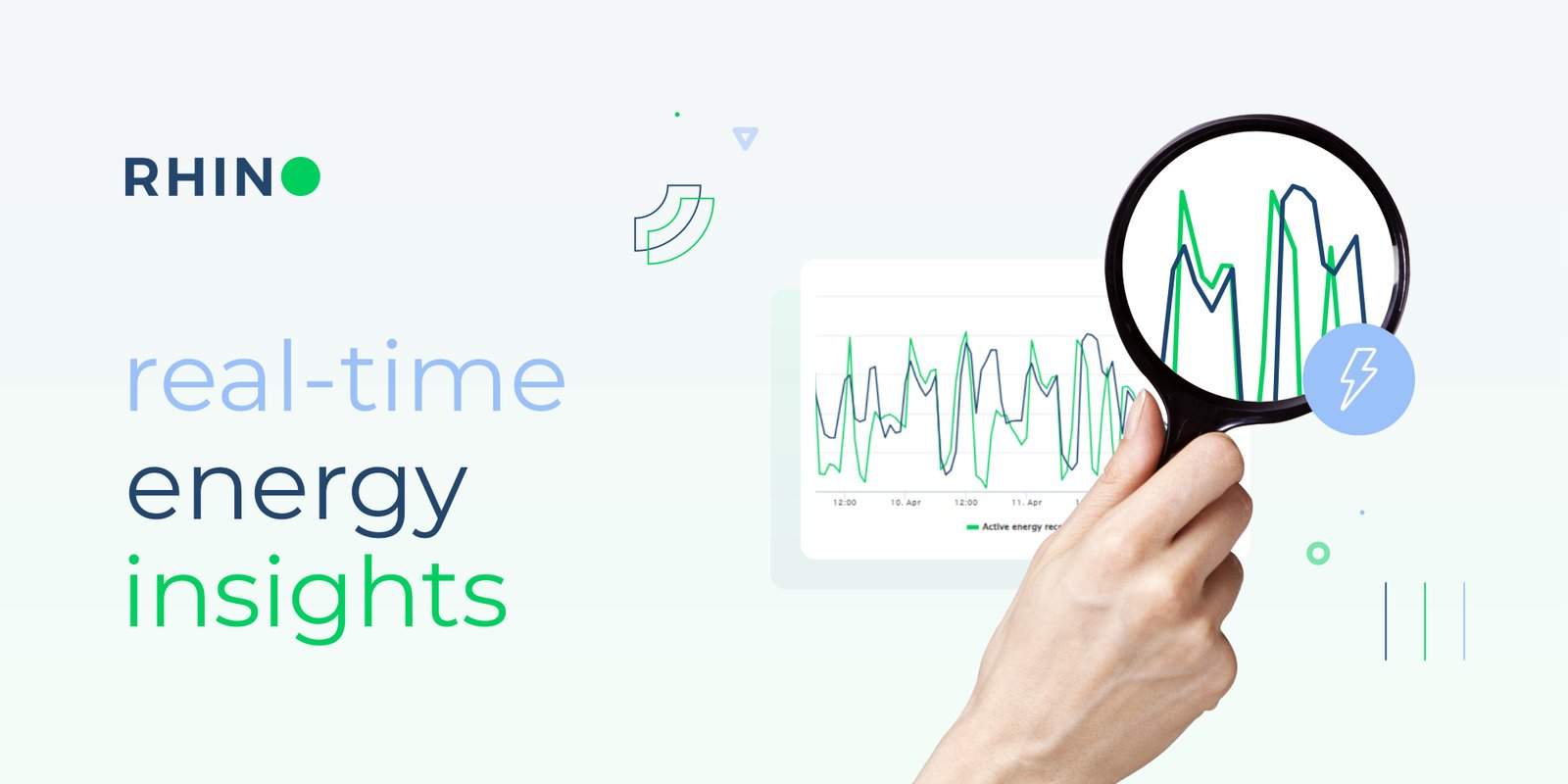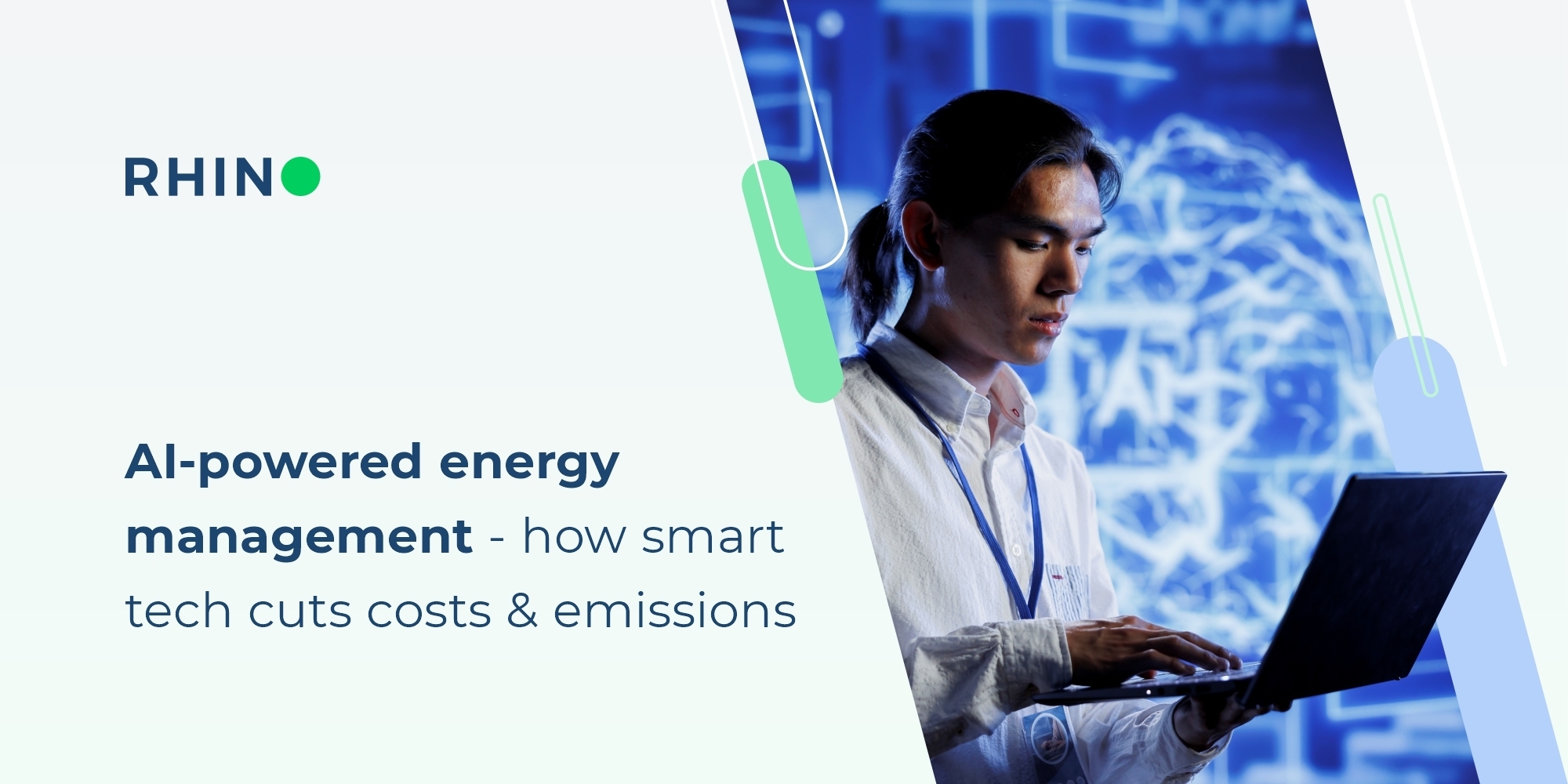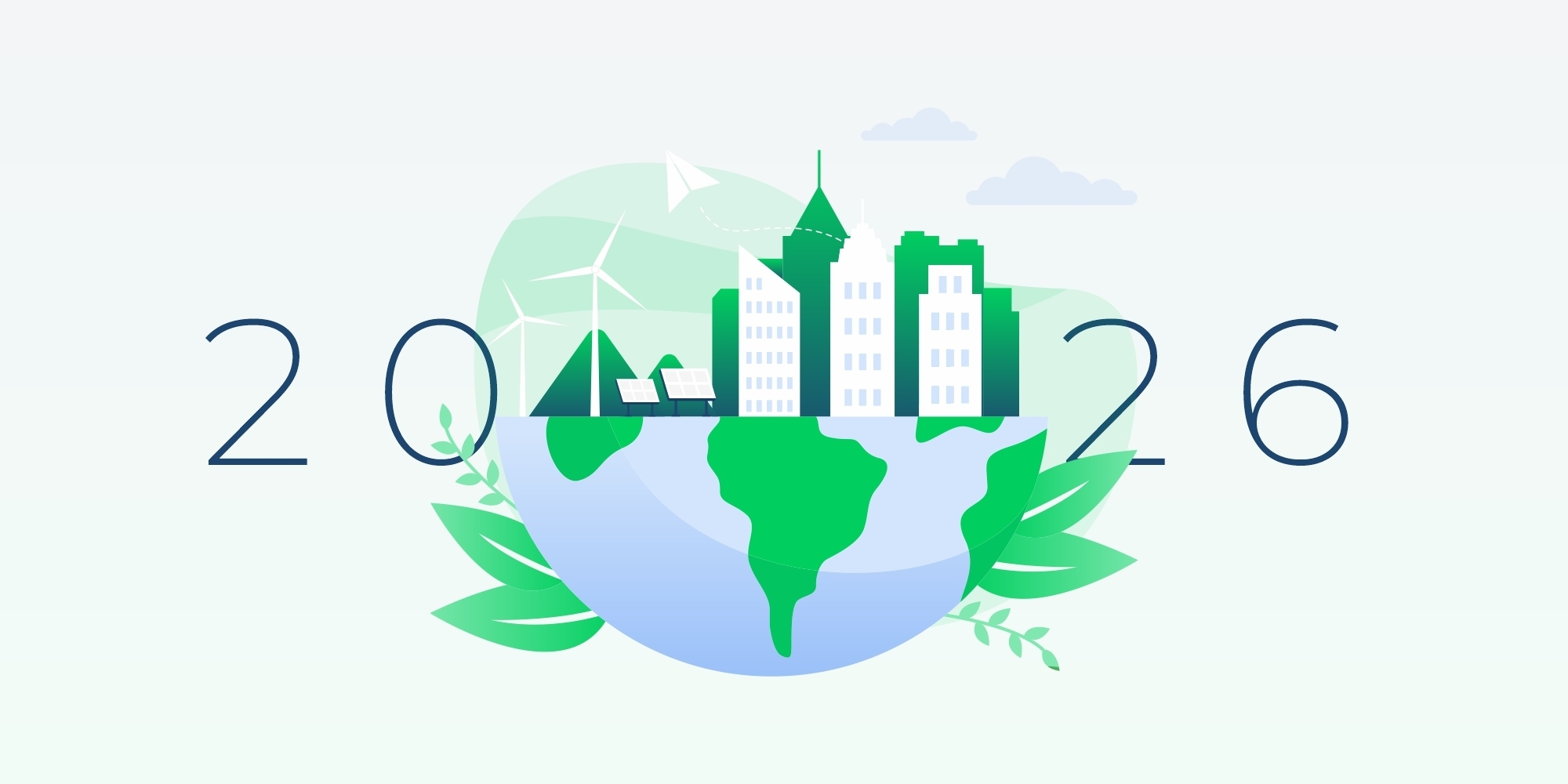The Shift Toward Real-Time Energy Intelligence
Last-mile delivery hubs are the lifeline of modern logistics, but their high energy usage and operational intensity make them prime candidates for smarter energy management. By integrating IoT sensors and real-time utility monitoring, these facilities can track electricity, fuel, and equipment performance with precision. This data-driven approach unlocks a new level of efficiency, enabling operators to respond instantly to demand spikes, equipment failures, or energy waste.
Optimizing EV Charging to Cut Costs
As fleets transition to electric vehicles (EVs), energy use patterns shift significantly. Real-time monitoring empowers facility managers to:
-
Avoid peak-rate charging by dynamically adjusting charge schedules
-
Prevent overloading circuits by balancing simultaneous charging sessions
-
Gain granular visibility into EV energy consumption for each vehicle
This proactive management can reduce utility bills by 10–20%, while extending battery life and improving grid reliability.
Meeting EV Infrastructure Mandates
Many regions now require that 50% of parking spaces at new logistics centers be EV-ready. This adds complexity to infrastructure planning. Real-time utility data helps delivery hubs:
-
Monitor baseline and forecasted demand for EV charging
-
Plan capacity upgrades based on usage trends
-
Ensure compliance with new sustainability and construction codes
By embedding energy data into EV infrastructure planning, facilities can scale smartly and remain future-proof.
Continuous Improvement Through Analytics
Delivery hubs operate 24/7, making even small inefficiencies costly. Real-time analytics offer insights to:
-
Detect abnormal usage patterns in HVAC, lighting, and refrigeration
-
Schedule maintenance before failures occur
-
Benchmark performance across multiple locations
These improvements lead to lower operational costs and better uptime, especially when integrated with a broader facility management system.
Why Rhino?
Rhino is the global #1 in remote energy and utility monitoring, helping logistics and real estate businesses unlock real-time data for better decisions. Our platform enables:
-
Instant anomaly detection
-
Automated data feeds for compliance platforms
-
Integrated EV charging analytics
With Rhino, last-mile delivery hubs can cut energy waste, reduce costs, and meet new regulatory demands with ease.
Let’s Future-Proof Your Logistics Operations
Want to reduce your energy bills and enhance operational performance? Contact our team to learn how Rhino can help transform your logistics facilities with real-time energy intelligence.





